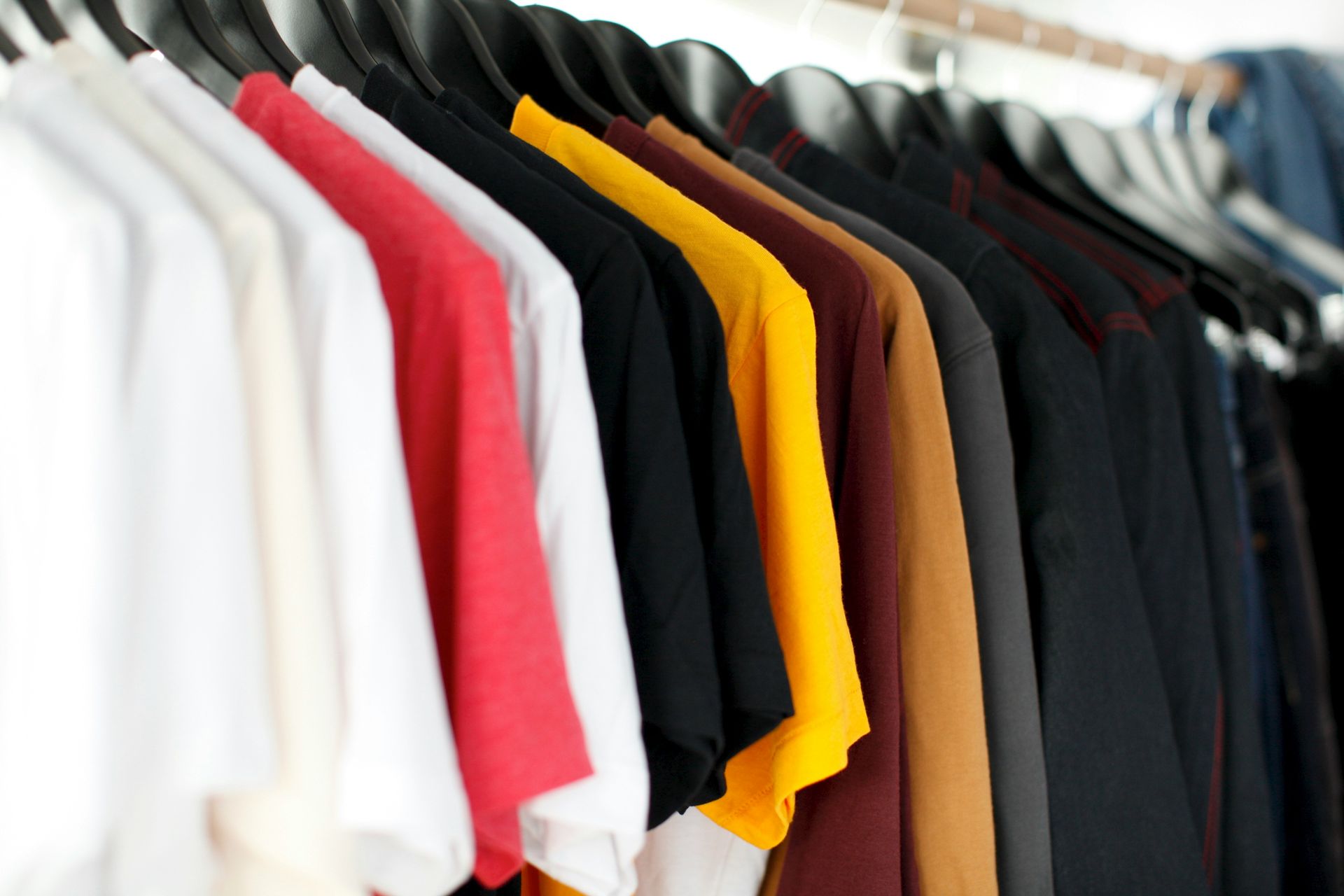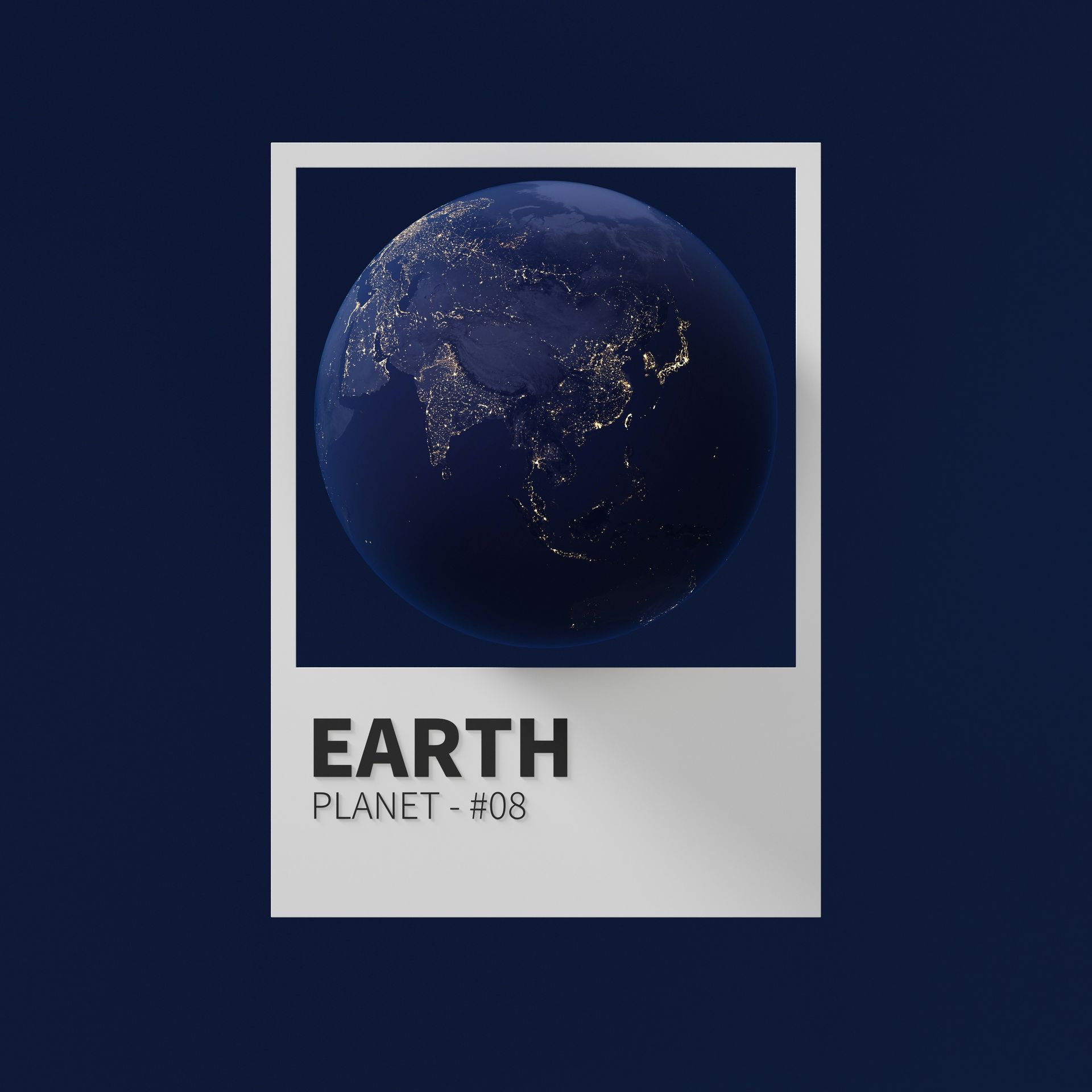Danil Kontsevoy explores the environmental impact of the fashion industry and sustainable solutions

Looking at a T-shirt or sneakers, no one would think that these lightweight items could be comparable in terms of their impact on the planet’s ecology to smoking metallurgical plants, cars, or flaming torches over oil wells. However, any doubts about this are immediately dispelled when you consider the scale of the lightweight industry. Not everyone among the 8 billion inhabitants of the Earth has a car, but everyone wears some clothing, with the vast majority being shoes. The volume of the global fashion industry’s production is estimated at 100 billion items per year.

“One can only hope that the best practices of the most environmentally advanced global brands will gradually be adopted in developing countries, driven by the growing awareness of consumers.”
Danil Kontsevoy, co-founder and CEO of Digit Trading LLC and Biky Bikes Corp.
Looking at a T-shirt or sneakers, no one would think that these lightweight items could be comparable in terms of their impact on the planet’s ecology to smoking metallurgical plants, cars, or flaming torches over oil wells. However, any doubts about this are immediately dispelled when you consider the scale of the lightweight industry. Not everyone among the 8 billion inhabitants of the Earth has a car, but everyone wears some clothing, with the vast majority being shoes. The volume of the global fashion industry’s production is estimated at 100 billion items per year.
What’s even worse is that the wealthier a country is, the more often people buy new clothing and discard the old. Each year, up to 85% of purchased items end up in landfills, as, on average, a person wears an item for less than a year. The weight of discarded clothing each year, by the most modest estimates, is about 50 million tons.
 (Image credit)
(Image credit)
The World Economic Forum provides the following data: in 2014, people purchased clothing 60% more often than in 2000, yet wore it half as frequently. European fashion houses offered two collections per year at the beginning of the 21st century. In 2011, it was five. Now, brands release 12, 16, and even 24 drops annually. Due to consumers’ constant desire to buy new clothing, textile production and consumption volumes are rapidly increasing. From 2000 to 2015, annual clothing production doubled, while usage (the number of times it was worn) decreased by 36%. By 2030, global consumption will increase by another 63%, from 62 million to 102 million tons.
According to the United Nations Conference on Trade and Development (UNCTAD), the fashion industry uses around 93 billion cubic meters of water annually. This amount is sufficient to meet the needs of five million people, and currently, about half a million tons of microfibers are dumped into the ocean each year, equivalent to 3 million barrels of oil. According to the Ellen MacArthur Foundation, in 2015, the ecological footprint from textile material production amounted to 1.2 billion tons of CO2. This amount exceeds the carbon dioxide emissions from all international air travel and maritime shipping.
The most common pair of sneakers consists of 65 parts. Among the materials used are synthetic rubber, nylon, and plastic. Synthetic rubber takes up to 150 years to decompose, while other materials can take up to 700 years!
At the same time, there are already enough solutions worldwide that would allow the fashion industry to become more environmentally friendly. These solutions can be divided into two major groups related to changing the technologies of clothing and footwear production and consumer behavior.
The implementation of these solutions faces serious obstacles. From an economic standpoint, eco-friendly technologies often cannot compete with traditional ones, and changing human behavior is very challenging, especially when people are required to make additional efforts. However, some optimism is inspired by the fact that human consciousness is gradually changing. Overall, the trend towards closer interaction between brands and consumers in the coming years will reach a new level. Audiences become critically concerned about the values that a particular brand conveys. A quarter of respondents in a 2021 McKinsey survey in the UK stated that their clothing purchase decisions were influenced by sustainable development principles. In India, 94% of consumers are willing to pay more for “ethical” products, and half of the youth in China aim to buy as few items from the fast fashion category as possible.
Thus, consumer behavior will push manufacturers to implement eco-friendly solutions in production. And new technologies are being developed or already being adopted in large quantities. This primarily involves the use of eco-friendly materials, including those derived from recycled waste. Some manufacturers use materials such as paper fiber, coffee grounds, oil from used coffee beans, and even wildflowers in clothing production. Similarly, mushroom-based fabric has a texture resembling natural leather but reduces the number of farms and accelerates production. Materials based on seaweed are also promising, being highly resistant to external influences and easily recyclable. This is biodegradable and low-toxicity textile. For example, Tommy Hilfiger’s collection includes hoodies made with seaweed-based material. By the way, there are very interesting projects for producing clothing from natural fish scales. Hugo Boss and H&M already use Piñatex fiber made from pineapple leaves.
In the textile dyeing process, chemicals and heavy metals are usually used, but in scientific laboratories, harmless bacteria have been created through genetic modification capable of dyeing fabrics in different colors depending on their species.
Recycling technologies inspire great hope, i.e., the production of clothing and footwear from recycled waste. For instance, the brand Adidas created sneakers from recycled ocean debris. The collection is partially made from recycled wool and polyester, as well as organic cotton. Mango, like H&M, recycles used items that can be brought to collection points in the brand’s stores. Collina Strada, Chopova Lowena, and Bode use fabrics left over from other productions or sew ready-made and no longer needed items.
 (Image credit)
(Image credit)
From denim scraps, which involve the extensive use of water and chemicals in production and dyeing, one can create new trendy clothing. In some cases, discarded items such as ropes, parachutes, ocean debris, worn-out car tires, old denim, bicycle tires, banner scraps, hazmat suits, gas mask parts, and even coffee grounds serve as raw materials in the eco-friendly fashion industry. After processing, a new fabric is obtained without compromising material quality, and various accessories and footwear are also crafted.
Changes in consumer behavior are worthy of a separate discussion, but it is essential to emphasize a very significant aspect. A crucial path towards making consumption more eco-friendly involves not discarding worn clothing and footwear but passing them on to those willing to continue wearing or repairing them. To achieve this, there is a need to develop redistribution services for second-hand clothing and footwear, with clothing and footwear manufacturers themselves participating – and already participating – in their creation.
Major companies such as Lululemon, Patagonia, and Dr. Martens have begun offering clothing resale through their own and partner services. The premium brand clothing online store Farfetch announced plans to acquire the B2B resale technology platform Luxclusif, while the marketplace Amazon collaborates with the reseller What Goes Around Comes Around, selling used luxury brand handbags. At the same time, industry giants H&M, Zalando, and Uniqlo are expanding their clothing repair services, promoting conscious and eco-friendly consumption.
According to experts surveyed by McKinsey, consumers are currently shifting towards lower-priced brands and actively seeking sales. Against this backdrop, the second-hand segment is expected to grow, and the demand for clothing resale platforms is projected to increase.
One can only hope that the best practices of the most environmentally advanced global brands will gradually be adopted in developing countries, driven by the growing awareness of consumers.
Featured image credit: Glenn Carstens-Peters/Unsplash
